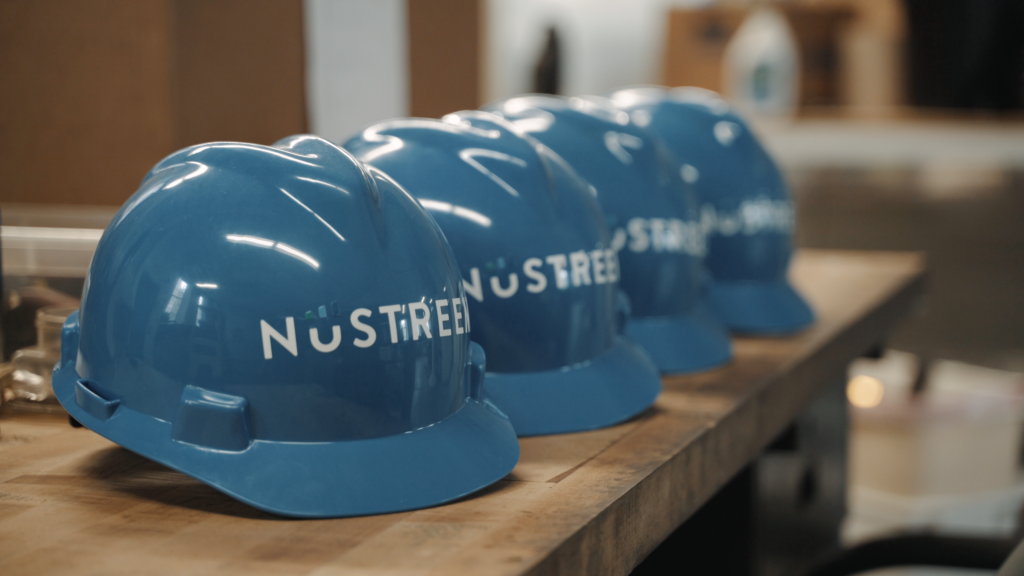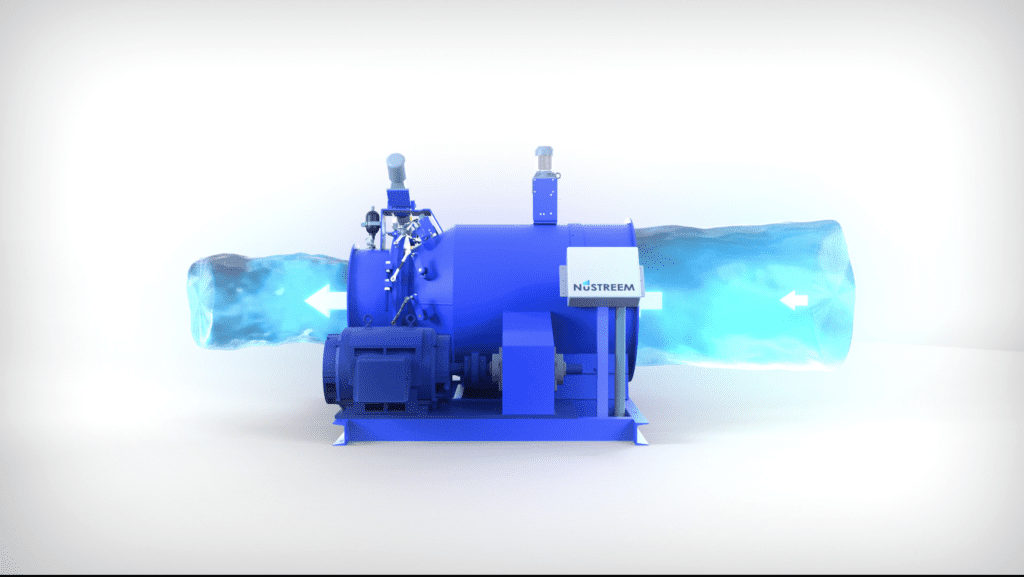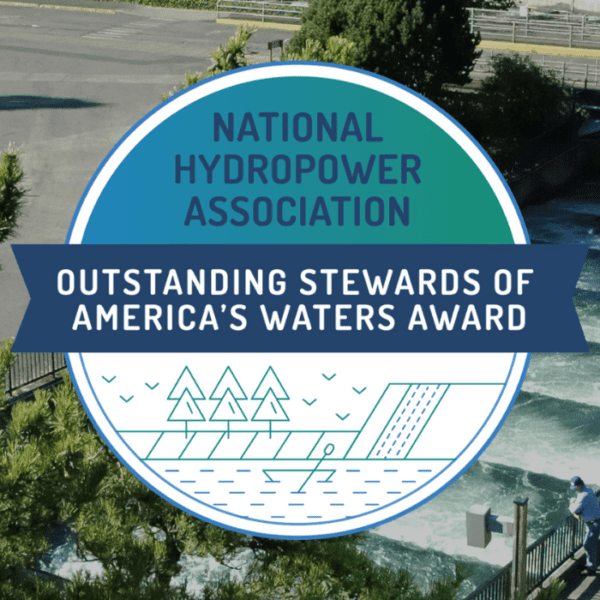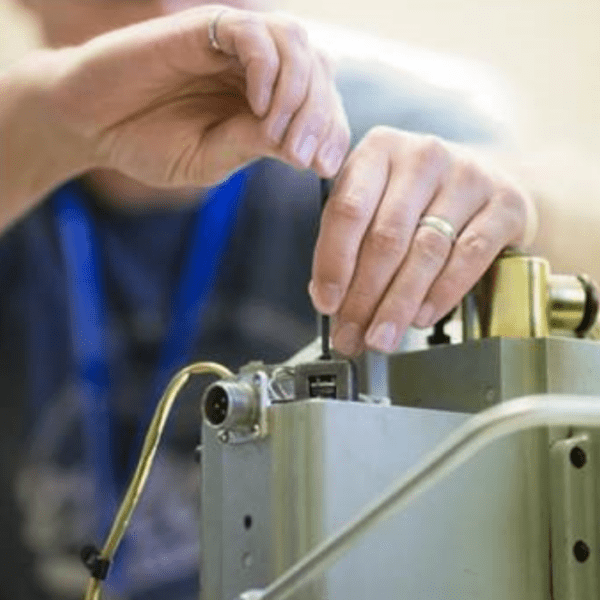Sponsored Content
UNDERSTANDING THE OPPORTUNITIES AND CHALLENGES OF HYDROPOWER
Hydropower is one of the oldest sources of renewable energy on our planet, offering an efficient and abundant solution for carbon-free energy generation anywhere that water flows. While obtaining energy from water is not a new technological feat, often times people assume the equipment used in these systems is large, obtrusive, and outdated. Not every hydropower project is like the Hoover dam, with many not requiring a dam at all. There are many advantages of hydroelectric energy including efficiency, resiliency, and flexibility; although, the challenge of dam construction and site maintenance is an ever present concern. Often, these misconceptions, and the traditionally expensive cost to build, have led to barriers in the development and proliferation of hydropower, as modern innovations and solutions are sometimes overlooked when constructing a hydropower site, retrofitting an existing application, or adding generation capacity to non-powered structures.
TRADITIONAL HYDROPOWER
The traditional approach towards site development utilizes methodologies and tools that create barriers to successful project completion. The extensive civil design, permitting, and construction necessary for these traditional sites can lead to expensive project costs, and impede development by delivering an unfavorable ROI. This scenario is especially true for smaller sites, or low head hydropower applications, as they may not generate enough energy to cover up front capital investments.
MODERN HYDROPOWER
A new innovative approach to site development was necessary in order to contend with these barriers. When small hydro, or low head sites, begin to modernize or scale to yield big enough energy contributions, their projected feasibility and long term return make these projects more economically attractive and environmentally responsible opportunities. Energy generated from hydropower provides many benefits, including being a reliable source of clean power among other intermittent renewables, and modern technologies are offering solutions to continue the efficient generation and capture of power. The future of hydropower is ever-changing; therefore, as more forms of hydroelectric generation arise, the renewable energy space is beginning to move more in the direction of smaller and decentralized hydropower generation.
THE INTERSECTION OF OLD AND NEW TECHNOLOGY
Hydropower shouldn’t be thought of as successful only when there’s a dam or some physical structure in place. In fact, the recent decentralization trend in the industry is moving more towards individual or local micro-grids, and thus smaller, less obstructing applications. People are searching for ways to get energy out of places that moving water already exists, including irrigation canals, municipalities or waste water treatment plants, mining facilities, existing non-powered dams, or run of river and stream reach applications. Recent trends in development aim to fit into the low head space by emphasizing the importance of capturing energy that is being wasted, and doing so efficiently and sustainably. By eliminating the need for physical structures or improving the efficiency of existing applications, newer technologies are providing modern and modular solutions that mitigate traditional environmental impacts.
THE INTRODUCTION OF MODULAR SYSTEMS
Modular systems offer a simple and standard option for these types of applications. Providing a plug and play system that includes a prefabricated powerhouse, turbines, and control technology allows site developers to implement generating capacity quickly and re-locate or transport the asset if necessary. Project site environments are also preserved by minimizing on site construction, as the entire system is assembled off-site and delivered ready to be installed. No permanent physical structure needs to be implemented and modern hydro-turbines can generate at the most efficient capacity to date, making these applications reliable, powerful, and renewable, energy resources.
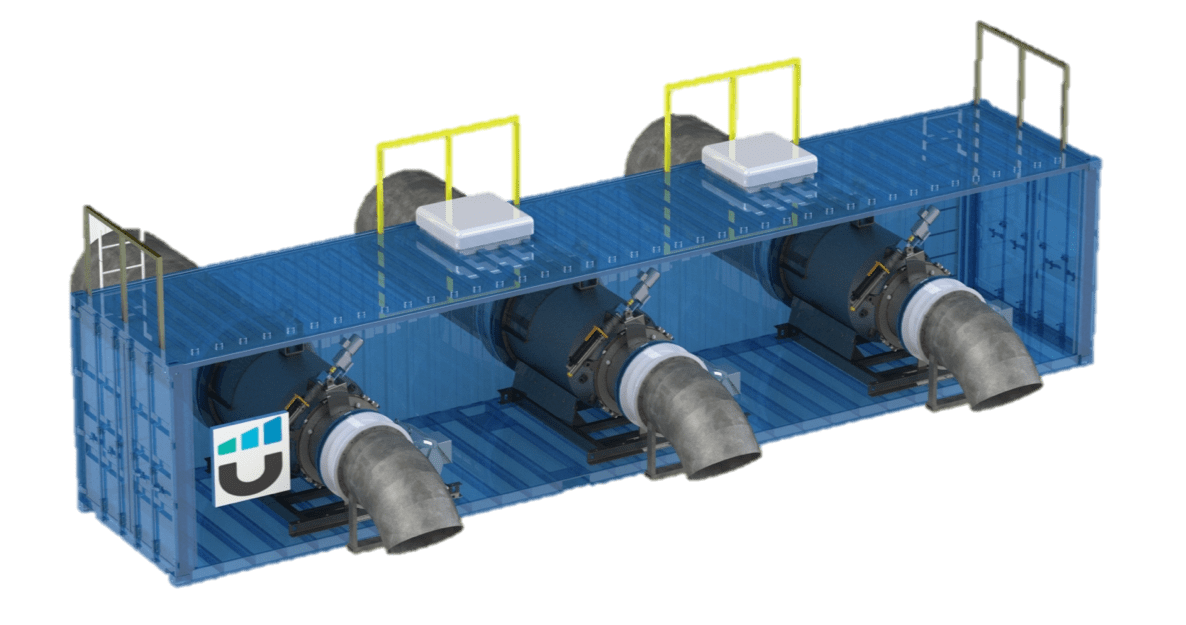
THE FUTURE OF HYDROPOWER
The expanded use and application of hydropower technology hasn’t been as wide as other renewables due to its traditionally expensive cost and difficult project development, permitting, and construction phases. To address these concerns, the manufacturing industry has been trending towards modern technology that offers an innovative and modular approach to site development. In reducing the scope of the design and construction process, modular systems significantly reduce the project timeline and overall expense, making more sites economically feasible. While powerhouse construction is not the only aspect of the site design, it is often the most complex and expensive. By offering a modular, prefabricated and standard powerhouse system, overall time and expense in the initial facility investment decreases, while providing other advantages to the project as well. A modular powerhouse system allows for easy transportation or re-location as it can be placed on a truck or air-lifted to any location. Maintenance, inspection, field assembly, and testing can all be completed off-site, reducing the need for disruption in the system and allowing for faster overall installation. Project return is additionally maximized by using the most efficient existing, readily available, proven turbine technology.
NEXT STEPS FOR A SUSTAINABLE FUTURE
Modern hydropower turbines are specially suited for low head applications, and can be scaled within or out of their containerized system to fit most site generation requirements (like head and flow). Timeline and investment management are important aspects of any project, and using a prefabricated powerhouse system, along with modular turbine technology, provides a way to capture clean, renewable energy from existing or new greenfield sites that may have not been financially feasible before. Not only does this approach uphold environmental equity but it is also a cost effective alternative to traditional hydroelectric generation. Innovative deployment platforms take a modern and modular approach to hydropower projects utilizing standardized turbine technology. Minimizing costs eliminates one of the biggest barriers often faced by project developers and can help provide access to this renewable resource in many new capacities.




